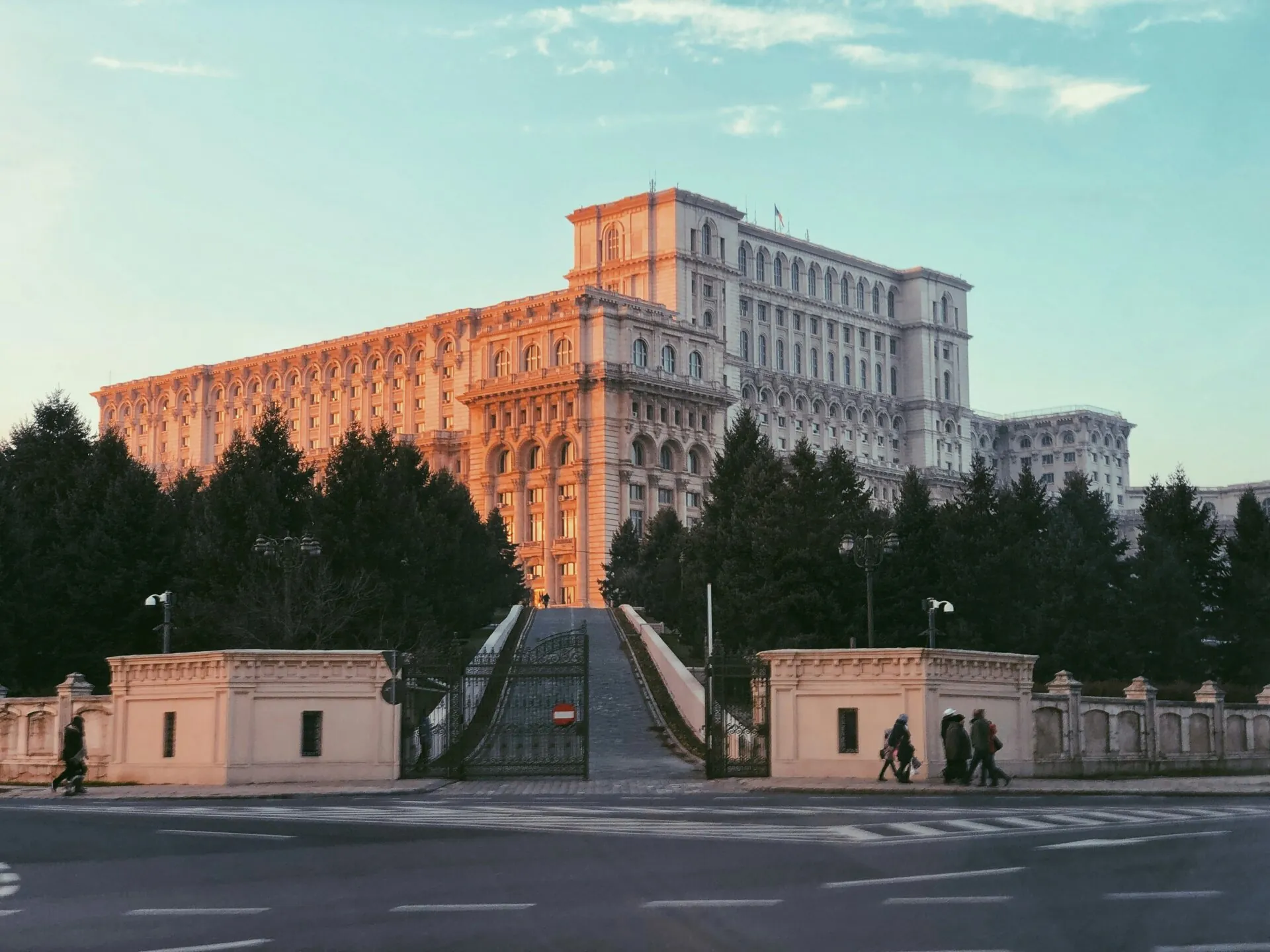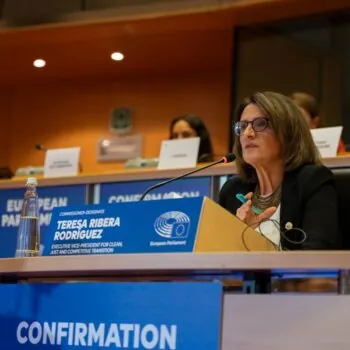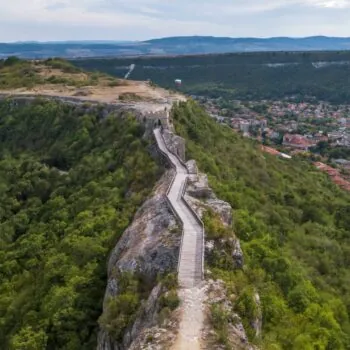Romania has entered a new political cycle following a year of multiple elections in 2024. Despite the recent political volatility, the country must remain committed to a sustainable transition to seize the significant benefits for itself and the region.
Thanks to supportive national legislation, Romania is well-positioned to become a regional hub for green energy production and manufacturing, while neighbouring countries struggle to overcome regulatory hurdles. However, the financing needs are significant. Seizing the benefits of the transition and achieving climate neutrality by 2050 requires effective investments of at least 3.2% of GDP (over €10 billion annually).
How can Romania mobilise both public and private finance to fully fund a green transition and deliver benefits to its population?
EU funding: A critical foundation
EU funding has long been a cornerstone of Romania’s sustainable investment efforts. Through the Multiannual Financial Framework (MFF) 2021–2027, the EU allocated €10.5 billion to Romania for climate and environmental projects. The Recovery and Resilience Facility (RRF) provided €12.5 billion for renewable energy, energy efficiency, and sustainable transport. Romania is also a beneficiary of EU funding sources, such as the Just Transition Fund, Modernisation Fund, and Social Climate Fund, which support sector-specific and various sustainability initiatives.
The Romanian government must facilitate collaboration between public authorities, finance, businesses, and civil society organisations to ensure timely implementation of reforms and investments.
Improving public investment: Evidence-based policy
As part of the Recovery and Resilience Plan (RRP) – which has faced substantial challenges, including a lack of coordinated stakeholder involvement – Romania agreed to a systematic spending review to identify deficiencies and help direct public funds into impactful policy measures and investments. This should be embedded in a broader process of establishing evidence-based policymaking to ensure effective public financing for the transition.
The OECD found that while Romania has the necessary legal and institutional infrastructure, evaluation of public policy has not been implemented sufficiently. This is illustrated by the European Commission’s and local NGOs’ recent assessments of Romania’s National Energy and Climate Plan, which found a lack of clarity around implementation and insufficient ambition in targets.
Mobilising private investment: Leaving no one behind
Public funding will need to be complemented by private investment to cover the transition costs and ensure whole-of-economy buy-in for the process.
Romania has already introduced measures to incentivise private investment, such as a reduced VAT rate of 5% for sustainable projects and the issuance of €2 billion in sovereign bonds to mobilise capital markets. The bond issuance attracted €14.8 billion in subscriptions, following an earlier €1.87 billion IPO by Romania’s largest electricity provider Hidroelectrica – Europe’s largest IPO that year – signalling investor confidence in Romania’s green agenda.
While those investments are a promising sign of Romania’s progress towards climate neutrality, they mostly come from segments of big corporations and investors. Small and medium enterprises (SMEs) account for 50% of Romanian GDP and more than 99% of businesses, yet their participation in green initiatives has been marginal. This is due to poor access to finance, with Romania ranking as the worst performer in the EU on this front.
Ensuring SMEs have access to green finance will be a critical step for a just transition. This can be done by rolling out blended financial instruments to unlock bank lending and capital markets for small entities, with the European Investment Bank (EIB) and the European Bank for Reconstruction and Development (EBRD) playing an essential role.
Way forward
Romania has laid foundations for financing its green transition, but amid political and economic uncertainties – exemplified by the ongoing political crisis and the energy minister’s recent criticism of the Green Deal – it needs to stay on course to solidify economic resilience and competitiveness.
To succeed, policymakers should:
- Collaborate with all key stakeholders to support effective absorption of transition investments, such as via government-convened platforms to discuss EU-funded project pipelines.
- Reform public policy and investment to ensure decisions are based on evidence and in line with long-term strategies, such as via interdepartmental groups working on implementing evidence-based policy methodologies.
- Ensure access to finance for smaller entities, such as via the introduction of blended financial instruments to derisk those projects and unlock green bank financing.


